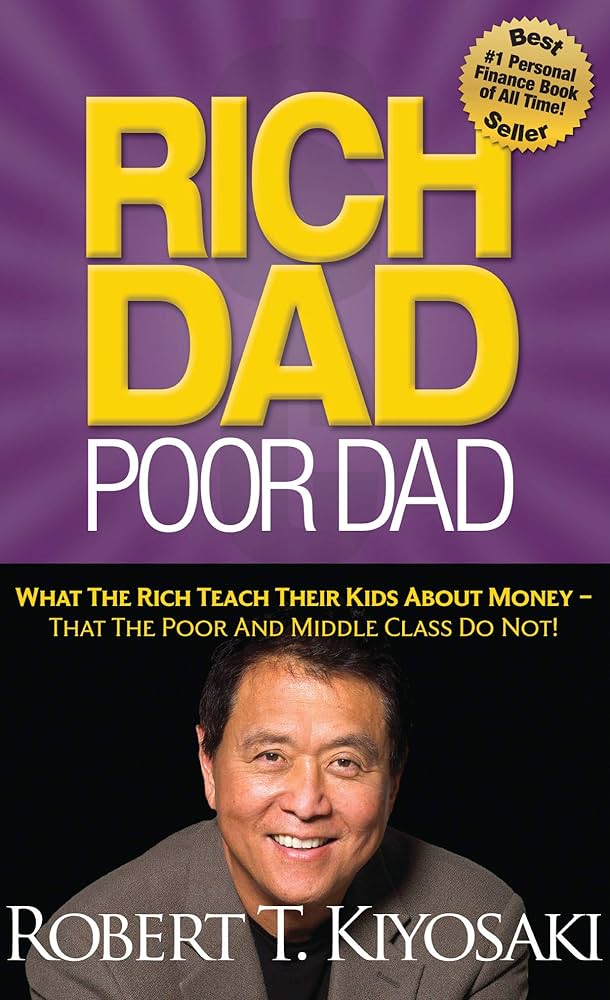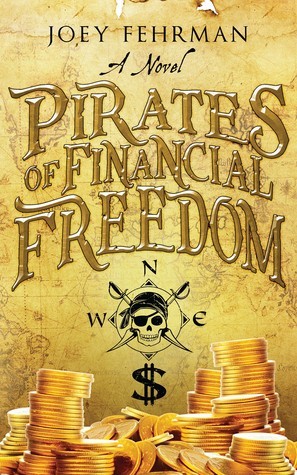
Rich Dad's Retire Young, Retire Rich: How to Get Rich Quickly and Stay Rich Forever!
Book Description
Unlock the secrets to lasting wealth and a life of freedom in "Rich Dad's Retire Young, Retire Rich." Robert T. Kiyosaki reveals transformative insights that shatter the myths of traditional finance and challenge conventional wisdom. With a blend of compelling anecdotes and actionable strategies, he draws a vivid blueprint for escaping the rat race and securing financial independence. As the stakes rise and opportunities abound, the journey to riches is both thrilling and enlightening. Will the quest for prosperity lead to unforeseen challenges, or open doors to a life unbound by financial worry? Discover the answer within!
Quick Book Summary
“Retire Young, Retire Rich” by Robert T. Kiyosaki explores the unconventional financial strategies that enabled him and his wife to achieve financial independence at an early age. Challenging the traditional wisdom of working hard, saving diligently, and relying on a pension, Kiyosaki advocates for financial education, entrepreneurship, and creative investing. Drawing heavily from personal stories and the lessons of his Rich Dad, he emphasizes building and acquiring assets, recognizing the difference between good and bad debt, and leveraging opportunities that arise from financial literacy. The book offers readers a motivational roadmap and practical guidance for breaking free from the rat race, with a focus on transforming financial mindsets and building lasting wealth through action, learning, and resilience.
Summary of Key Ideas
Table of Contents
Changing Your Money Mindset
Kiyosaki starts by challenging ingrained beliefs about money—most notably the notion that wealth is only for the lucky or privileged. He asserts that retiring young begins with changing one’s mindset about finance, moving away from scarcity thinking, and embracing abundance thinking. By addressing the emotional and psychological barriers that restrict people from pursuing unconventional paths, Kiyosaki illustrates how self-limiting beliefs keep many trapped in the "rat race." Building confidence to question the status quo, readers are encouraged to adopt a new perspective on wealth creation and financial possibility.
Building and Leveraging Assets
Central to Kiyosaki's philosophy is the concept of acquiring and building assets. Instead of working for money, he advocates making money work for you by investing in real estate, building businesses, and acquiring income-generating assets. This involves understanding the subtle but critical differences between assets and liabilities, with the former contributing to wealth and the latter draining resources. Using his own journey as an example, Kiyosaki details how he systematically shifted his focus to asset accumulation, giving readers practical examples and inspirations for building their own portfolios.
The Importance of Financial Education
Financial education is foundational throughout the book. Kiyosaki underscores that specialized knowledge and the pursuit of continuous learning provide a decisive advantage in achieving financial independence. He tells readers to seek out mentors, attend seminars, and study financial statements—not only to understand how money works, but to spot opportunities others overlook. This relentless quest for knowledge, Kiyosaki argues, builds the confidence and skills necessary to break free from traditional employment.
Harnessing the Power of Leverage
Another major theme is leverage. Kiyosaki explains how leveraging other people’s money, time, expertise, and systems can magnify results and accelerate wealth-building. He draws a distinction between good debt, which is used to acquire appreciating or income-producing assets, and bad debt, which leads to financial instability. By skillfully applying leverage, Kiyosaki and his wife were able to create multiple streams of income faster and more securely than traditional approaches would allow.
Taking Action and Overcoming Fear
Finally, Kiyosaki addresses the vital importance of taking bold action and managing fear. He argues that analysis paralysis and fear of failure are significant obstacles to wealth. By sharing his setbacks and how he learned from them, he encourages readers to take calculated risks, view failures as learning opportunities, and persist despite challenges. Kiyosaki contends that the journey to retiring young and rich requires not just knowledge and strategy, but also the resilience to act, adapt, and move forward continually.
Download This Summary
Get a free PDF of this summary instantly — no email required.





